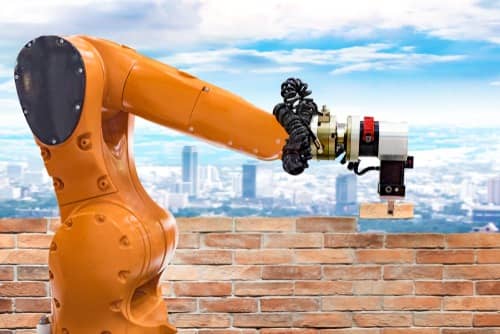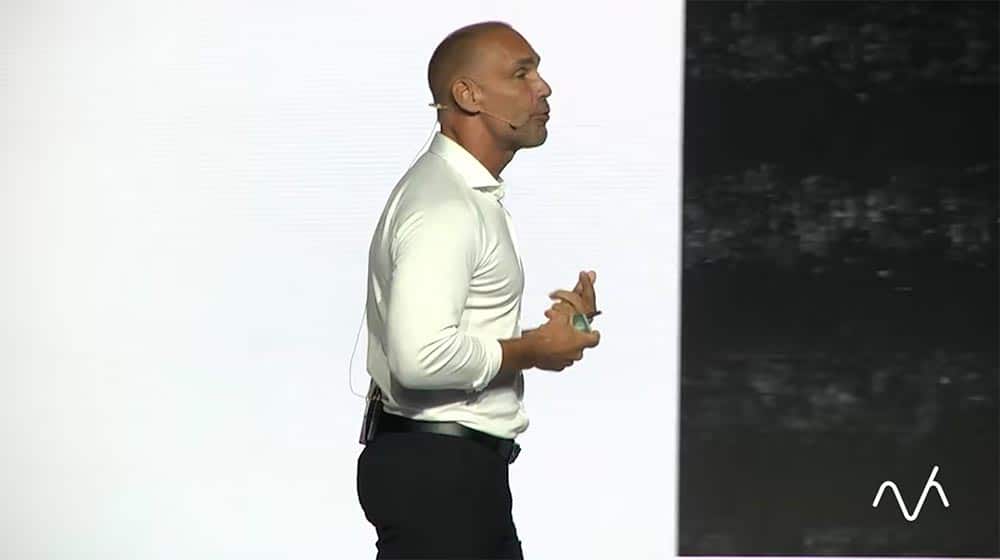The future of construction is digital. We want things to happen faster, better, and cheaper. New technology is changing the way we design, build, manage, and maintain buildings and infrastructure. An inspiring future awaits the construction sector. We will use construction robots, virtual reality, blockchain, 4D printers and digital twins.
Drones will map construction sites and construction materials will repair themselves. Cameras and sensors will provide the data required for artificial intelligence. Everything will become smart. Are you ready?























